- Over 1 million successful rentals
Car Hire El Salvador
Save time and money. We compare the offers of car rental companies in El Salvador on your behalf.
- Free cancellation Up to 48 hours prior to the scheduled pick up time
- Best price guarantee Have you found a better price? Let us know and we will make you a better offer.
- 24000+ pick-up locations Locations around the world
Compare Car Hire
Carrentals.co.uk offers simple and straightforward car hire comparison services. We don't add a penny to your quotes!
Car rental offers in El Salvador
Whether you're looking for a small rental car or a station wagon for the entire family, we will always have a suitable vehicle for the lowest price. Below are some examples from our selection in El Salvador.
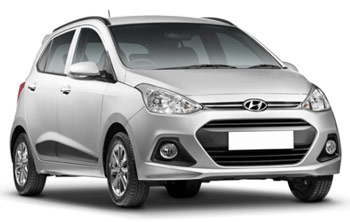
-
Europcar From£ 11 /day

-
Europcar From£ 32 /day
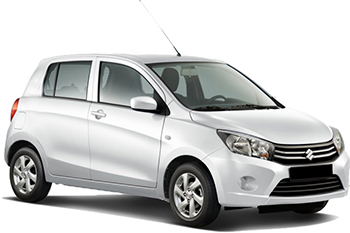
-
Alamo From£ 35 /day
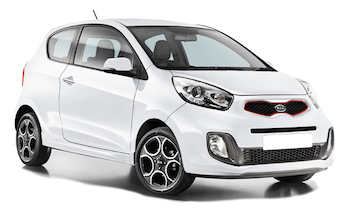
-
Avis From£ 37 /day

-
Alamo From£ 41 /day
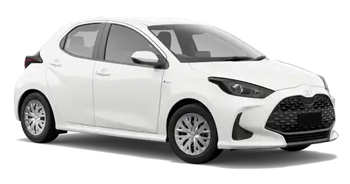
-
Europcar From£ 13 /day
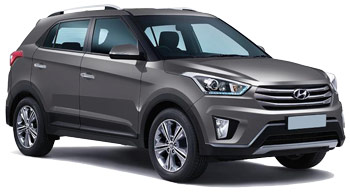
-
Europcar From£ 30 /day

-
Europcar From£ 32 /day
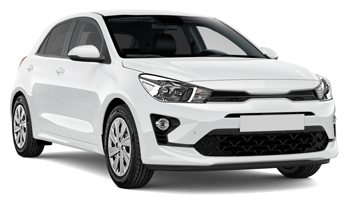
-
Avis From£ 31 /day

-
Avis From£ 38 /day
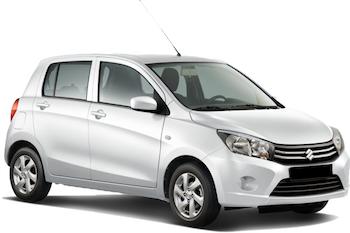
-
Alamo From£ 34 /day

-
Alamo From£ 38 /day

-
Europcar From£ 53 /day
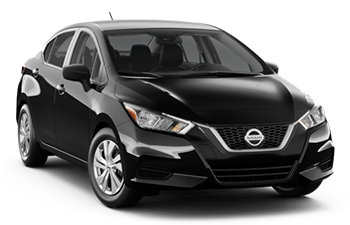
-
Europcar From£ 20 /day -
Avis From£ 37 /day

-
Europcar From£ 30 /day -
Alamo From£ 35 /day

-
Europcar From£ 33 /day -
Alamo From£ 39 /day

-
Avis From£ 31 /day

-
Alamo From£ 49 /day

-
Alamo From£ 43 /day

-
Alamo From£ 59 /day

-
Avis From£ 51 /day -
Alamo From£ 54 /day

-
Alamo From£ 66 /day
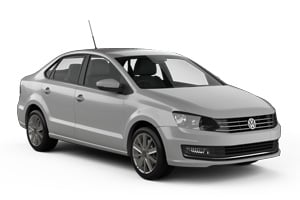
-
Europcar From£ 24 /day
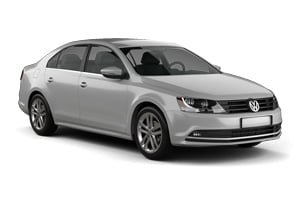
-
Europcar From£ 33 /day

-
Europcar From£ 39 /day
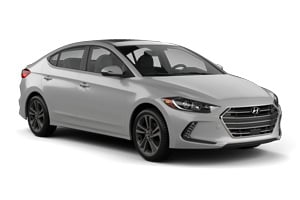
-
Avis From£ 37 /day

-
Europcar From£ 42 /day

-
Alamo From£ 42 /day

-
Avis From£ 45 /day

-
Alamo From£ 46 /day
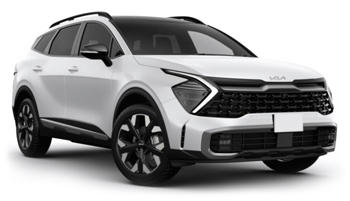
-
Avis From£ 51 /day
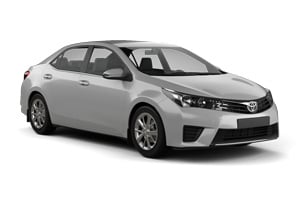
-
Avis From£ 41 /day

-
Alamo From£ 43 /day

-
Avis From£ 47 /day

-
Alamo From£ 48 /day
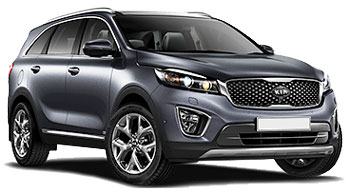
-
Avis From£ 58 /day
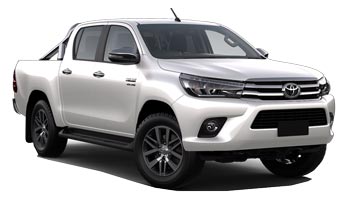
-
Alamo From£ 65 /day

-
Alamo From£ 66 /day
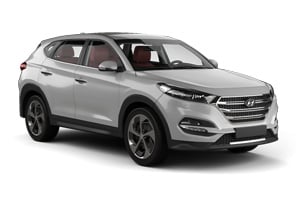
-
Europcar From£ 77 /day
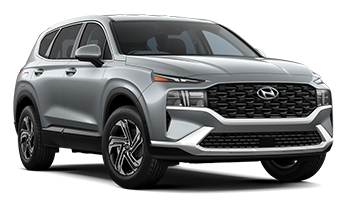
-
Alamo From£ 89 /day
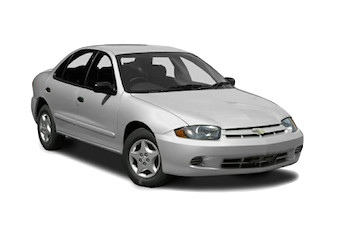
-
Europcar From£ 28 /day

-
Europcar From£ 43 /day
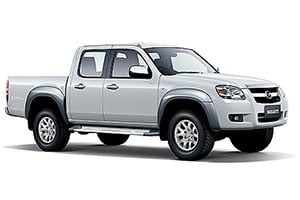
-
Avis From£ 44 /day
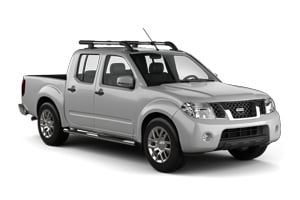
-
Avis From£ 44 /day

-
Avis From£ 53 /day
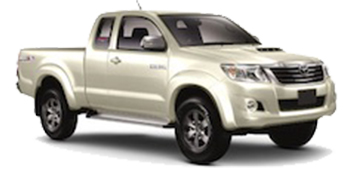
-
Alamo From£ 59 /day

-
Alamo From£ 64 /day
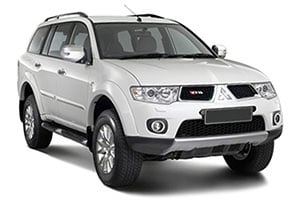
-
Avis From£ 61 /day
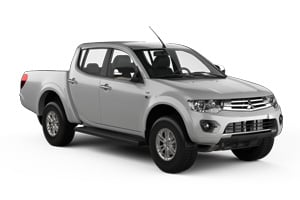
-
Alamo From£ 76 /day

-
Avis From£ 61 /day
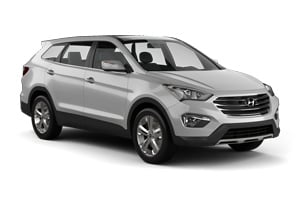
-
Alamo From£ 91 /day

-
Europcar From£ 30 /day

-
Avis From£ 51 /day

-
Europcar From£ 53 /day

-
Avis From£ 51 /day -
Alamo From£ 54 /day

-
Alamo From£ 59 /day
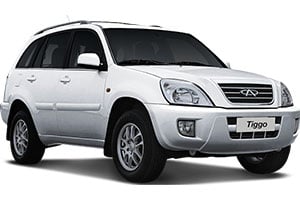
-
Avis From£ 58 /day

-
Avis From£ 58 /day

-
Avis From£ 69 /day

-
Avis From£ 61 /day

When to book a rental car in El Salvador
El Salvador - When is the most affordable time to rent a mini class car?
At this destination (El Salvador), January is the most affordable time to rent a mini class car with an average daily rate of
El Salvador - When is the most affordable time to rent a economy class car?
At this destination (El Salvador), September is the most affordable time to rent a economy class car with an average daily rate of
El Salvador - When is the most affordable time to rent a compact class car?
At this destination (El Salvador), September is the most affordable time to rent a compact class car with an average daily rate of
El Salvador - When is the most affordable time to rent an intermediate class car?
At this destination (El Salvador), January is the most affordable time to rent a intermediate class car with an average daily rate of
El Salvador - When is the most affordable time to rent a standard class car?
At this destination (El Salvador), January is the most affordable time to rent a standard class car with an average daily rate of
El Salvador - When is the most affordable time to rent a full-size car?
At this destination (El Salvador), September is the most affordable time to rent a full-size class car with an average daily rate of
El Salvador - When is the most affordable time to rent a luxury car?
At this destination (El Salvador), January is the most affordable time to rent a luxury class car with an average daily rate of
El Salvador - When is the most affordable time to rent a SUV?
At this destination (El Salvador), January is the most affordable time to rent an SUV with an average daily rate of
El Salvador - When is the most affordable time to rent a minivan?
At this destination (El Salvador), February is the most affordable time to rent a minibus with an average daily rate of
Car rental locations in El Salvador
Carrentals.co.uk compares rental car prices at the following destinations

El Salvador Guide
El Salvador is best explored by rental car. Carrentals.co.uk has over 3 pick-up locations in El Salvador. This means there is always a pick-up location close to your destination.
Most popular car hire locations in El Salvador
Driving
El Salvador has only recently come on the tourist radar thanks to its stunning beaches, colourful culture and breathtaking landscapes. This small Central American country has seen a spike in tourism, although surfers have been coming here for years. Discover the 206 miles of beaches along the Pacific Ocean, see active volcanoes and magnificent countryside or explore the forests and waterfalls of Cascada Los Tercios and Salto El Cubo.
Driving Tips for El Salvador
El Salvador is small but sites of interest can be a distance apart, with main routes being well-maintained and offering visitors a convenient way to get around. Small routes are not in as good condition and tend to have lots of sharp turns. Still, a car is recommended for getting around, but drivers should note signs are mostly in Spanish.
Driving licences: a UK driver’s licence can be used when driving here for up to 90 days, although it is advised to also hold an International Driving Permit.
Which side does El Salvador drive on: the right.
Speed limits:
Motorways: 55mph (90kph)
Rural areas: 49mph (80kph)
Built-up areas: 24mph (40kph)
Alcohol limits: 0.05-1.0 per cent; if over 1.0 per cent, penalties may include jail time or vehicle impoundment.
Driving age: 15 years.
Seatbelts: mandatory for all occupants. Children must ride in the back seat and if under five years of age, they must be in a child seat.
Mobile phones and GPS: hands-free devices can be used in conjunction with a mobile phone while driving. QFind is the GPS system available in El Salvador.
Cost of fuel in El Salvador: petrol is extremely cheap here compared to the UK.
Car hire and fuel payment: most petrol stations only accept cash payments, yet major car hire outlets have credit card facilities. Be sure to notify your card supplier that you plan to use your card here prior to travel.
Insurance: included with car hire but excess insurance should also be purchased to cover for unforeseen accidents.
Traffic and parking: driving in major cities such as San Salvador and San Miguel should be avoided as parking is hard to find and traffic can be congested. Sidewalk parking is common but not recommended.
Transport
Trains
Currently the only train service available in El Salvador is the 40-minute commuter train that leaves Apopa for San Salvador each morning and returns each evening.
Taxis
Taxis are available in all big cities and are charged based on destination rather than by miles driven, so negotiating the price before getting in is standard practice. Be sure to carry small denominations of money or the driver may keep the change as a tip. Fares often start at around £3 and increase by around £0.70 for every kilometre travelled thereafter.
Buses
Long-distance buses and micro-buses travel into El Salvador from Honduras and Guatemala and terminate in San Salvador, although some services terminate at beaches such as Playa San Diego. First class trips from the capital cities of Guatemala and Honduras to San Salvador cost around £30. Travelling by bus is extremely cheap but can be uncomfortable. It is best to travel with luxury bus companies such as Tica and Pullmantur. Inter-city buses are also available to nearly all areas of the country, although there is no single agency.
Ferries
There are a number of ports in El Salvador, but they are used only for trade purposes. There are currently no passenger ferries arriving from international destinations or travelling between ports in the country.
Airports
El Salvador International Airport is a 45-minute or 30-mile bus ride outside of the capital, San Salvador. The cheapest way to access the city from the airport is by bus, with fares of around £0.40. The airport doesn’t receive direct flights from the UK, so UK travellers must route through a US or South American hub first, with Los Angeles the most frequently served US city.
Explore
Exploring El Salvador
San Salvador is the main entry point for most visitors. This capital city is home to numerous sites, including monuments, museums, parks and theatres. It is also home to the two widest boulevards on the continent; Boulevard de los Heroes and Boulevard de los Proceres.
To the west is the La Libertad department, home to some of the country’s best surfing beaches, such as El Sunzal Beach and Playa San Diego, and the UNESCO World Heritage site of Joya de Ceren.
San Miguel, known for its beautiful coastline and stunning natural surroundings, is another popular destination. This is also the best place to explore the magnificent countryside and to visit the active volcanoes of San Miguel Volcano and Chaparrastique.
Western El Salvador is where the most important Mayan ruins can be found, including Tazumal and San Andrés. The stunning Lago de Coatepeque (Lake Coatepeque), which was once an active volcano, is also here.
The less visited colonial town of Suchitoto in the northwest has some lovely cobblestone roads, fantastic views of the Central Hidroeléctrica Cerrón Grande (Cerrón Grande Hydroelectric Dam) and the beautiful Los Tercios Waterfall.
Weather
El Salvador is a tropical country and therefore has two seasons, wet and dry. The wet season (invierno) runs from May to October and rain at this time can be extremely heavy, especially in the southern-facing mountain region. The dry season (verano) occurs from November to April and in the lowlands, it can get extremely hot, with the temperature rising to around 29°C. In the mountains, the temperature ranges from between 12 to 23°C, although in the wet season it can drop to below 0°C.
Practical information
-
CurrencyUnited States Dollar
-
Driving directionRight
-
City speed limit50 km/h
-
Freeway speed limit90 km/h
-
LanguageSpanish
-
Popular car categoryStandard
What most people want to know
The following questions and answers are a selection of the most popular questions. If you do not find the answer to your question, have a look at the Frequently Asked Questions page or contact us.
- Alamo
- Avis
- Budget
- Europcar
- National Car Rental
- Hertz
- Thrifty
- Enterprise
- Keddy By Europcar